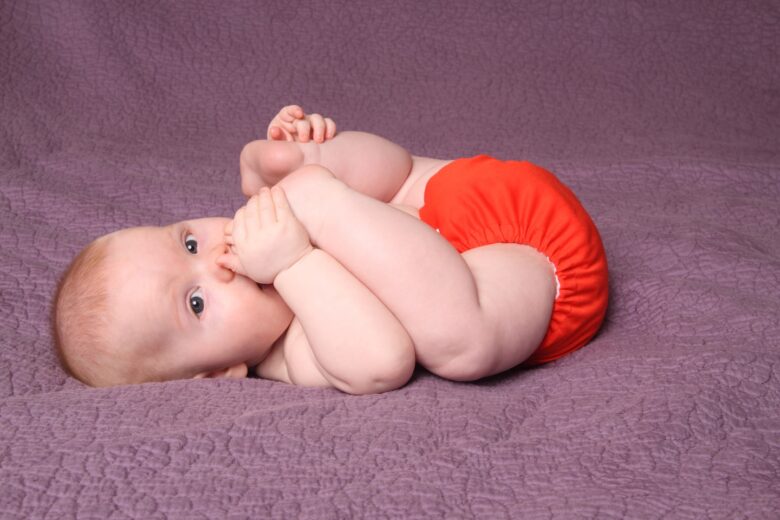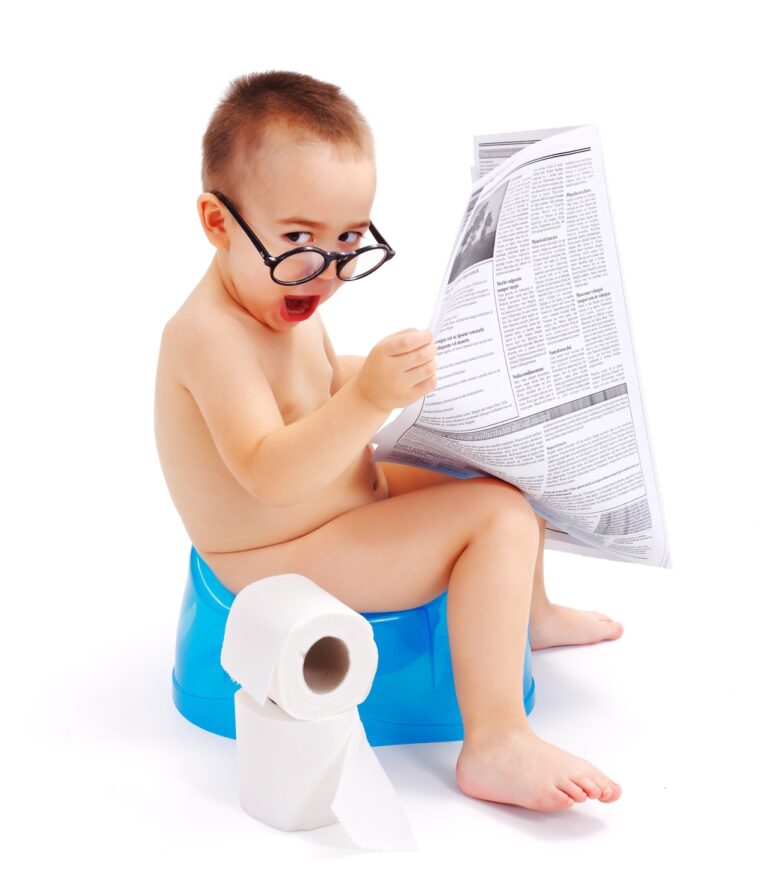Baby diapers have been around… well since there were babies? We’re close enough. Maybe not that early, but the modern ones we have today have been around for a while now. They also evolve quite a lot. Baby science has come a long way. Today, we could even argue that there’s a sort of mystique surrounding diapers. No, we are not putting them in the same bracket as Bitcoin and similar mysterious novelties of today’s society. But, we’re sure there are things regarding diapers you are not aware of.
Baby diapers are a necessity for parents with young children. Everyone who has a kid or plans to have one will have use of diapers. We don’t see anything changing anytime soon in this department. Considering that all of us will be dealing with them for years to come, let’s talk about them in an interesting manner. So, have you ever wondered about the history of diapers or the environmental impact of disposable ones? Here are 9 things you didn’t know about baby diapers.
1. Diapers have been used for centuries
The first recorded use of diapers dates back to ancient Egypt, where they were made of linen and used for babies and adults. However, it wasn’t until the 20th century that disposable diapers were invented. In 1948, a housewife named Marion Donovan invented a waterproof diaper cover made of shower curtain material, which she later patented and sold to a diaper company. The disposable diaper as we know it today was introduced in the 1970s.
2. Diapers are a major source of waste

Disposable diapers are a major contributor to landfills. It’s estimated that over 20 billion diapers are discarded in the United States every year, and they can take hundreds of years to decompose. Some parents are turning to eco-friendly diapers made from biodegradable materials like bamboo and cotton to reduce their environmental impact. If you’re one of those people who have our environment in mind when buying and using diapers you can get informed about the eco-friendly solutions you have if you read more.
3. Pricey Items
This is what you need to have in mind. Diapers are expensive. Just do the math. Or, let us do it for you. Do you know how many diapers an average toddler spends during the early years of their lives? The number is close to six thousand. On a monthly level, you’ll be needing around $120 for your baby’s needs. The longer your baby carries a diaper the more cost you’re going to have. This is why potty training is so important. Also, that’s why so many people are still using cloth diapers. It’s cost-effective and not everyone can afford six thousand diapers.
4. Cloth diapers have come a long way
Cloth diapers are a popular alternative to disposable diapers, and modern cloth diapers are a far cry from the cumbersome and leaky versions of the past. Today’s cloth diapers are easy to use, come in a variety of cute designs, and can be washed and reused multiple times. Many parents find that cloth diapers are more cost-effective in the long run, since they don’t have to buy as many diapers.
5. Disposable Over Cloth Ones

As we said, in today’s society you have plenty of options when it comes to diapers. We would like to say that we’d always pick disposable ones. Yes, they were more expensive. But, they are also more absorbable. This is what you’ll learn to appreciate with time. When you use cloth diapers they get filled with water more quickly. What this means is that you’ll have to change them more often, and it includes a lot of washing. Yes, you’ll save more money this way, but that’s as far as advantages go. Of course, we can’t see inside your wallet, so you’ll put the numbers on the paper and decide for yourself.
6. Diaper rash can be caused by a variety of factors
Diaper rash is a common problem for babies, and it can be caused by a variety of factors, including prolonged exposure to wetness, chafing, and sensitivity to certain chemicals or materials. Choosing diapers made from natural materials and changing them frequently can help prevent diaper rash.
7. Diapers can be recycled
While most disposable diapers end up in landfills, some companies are finding ways to recycle them. The material from used diapers can be turned into products like insulation, roofing material, and fuel. However, the process is still in its early stages and is not yet widely available.
In conclusion, baby diapers have a long and fascinating history, and their impact on the environment is a growing concern for many parents. Whether you choose disposable or cloth diapers, it’s important to be aware of the options available and their potential impact on your baby’s health and the environment.
8. Diapers Delay Potty Training

Yes, they can do this. It is contra-effective. All you want is to get out of the diapers and out of that crazy expense, and they are working against you. It’s hard to imagine that they will stop helping you after being so useful in the first few years but that’s the truth. Let’s say you use cloth diapers. You’ll start potty training much earlier. With disposable ones, it is around three years. But kids who never had a diaper, to begin with, can be trained in the first six months. This is beyond amazing. While in one department they’re of great help, they are a stumbling block in another.
9. Diapers are Unisex
Boys and girls are different. You know this much. But, when they’re toddlers the differences are minimal, at least as far as the diapers are concerned. It’s all about the size of boys and girls when they’re small. The difference is not substantial. Because of this, the diaper can do the work regardless of gender. So, when picking the right diapers you don’t have to look for a girl or a boy. It is enough to pick the right size. The secret is in the material from which the diapers are made. It is so good at absorbing liquids and dispersing them through the diaper that the position of the leak matters little.


